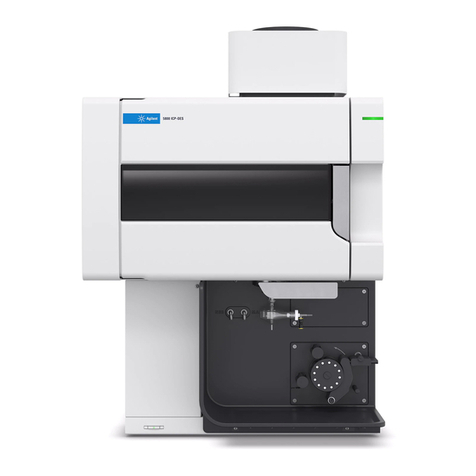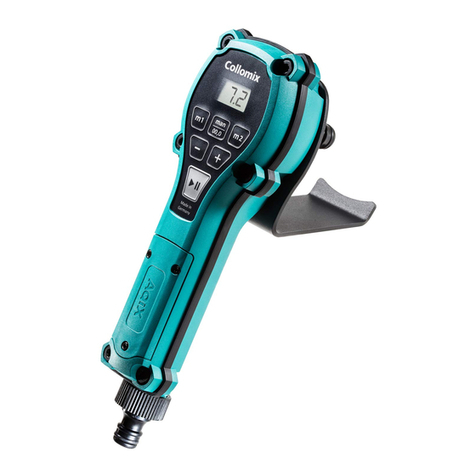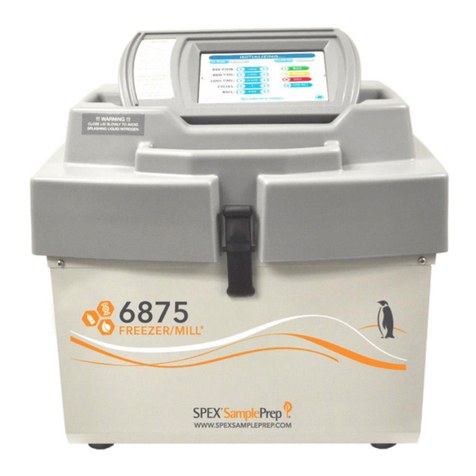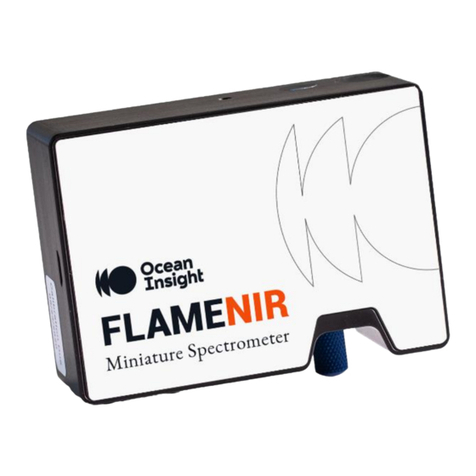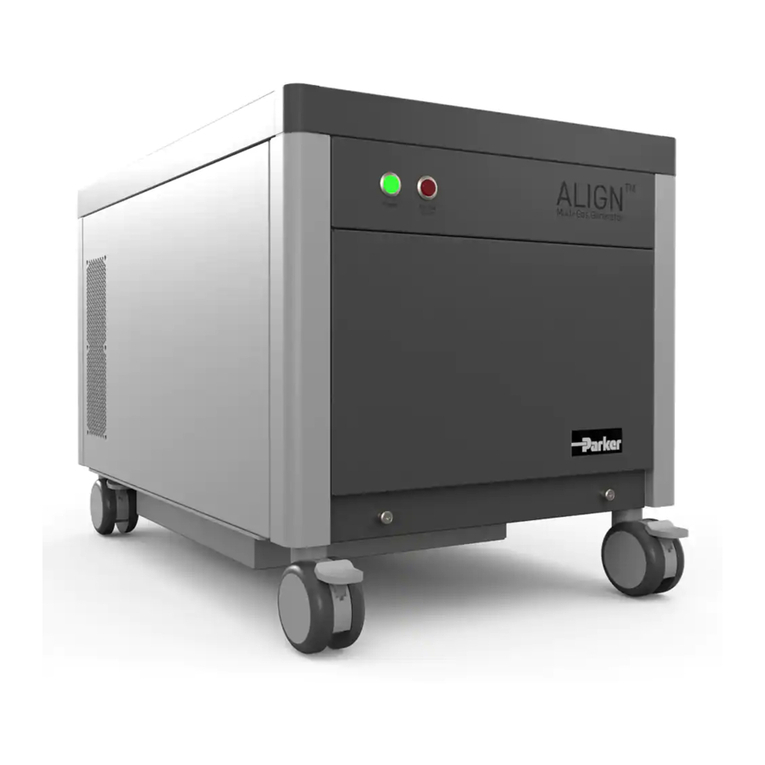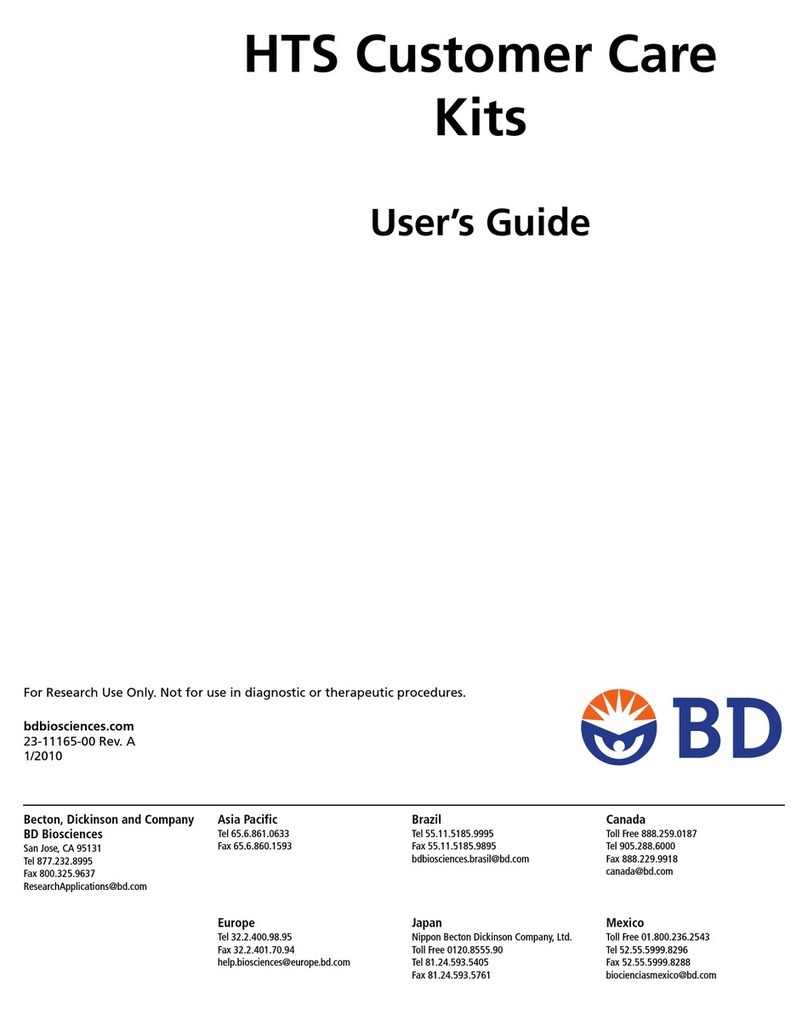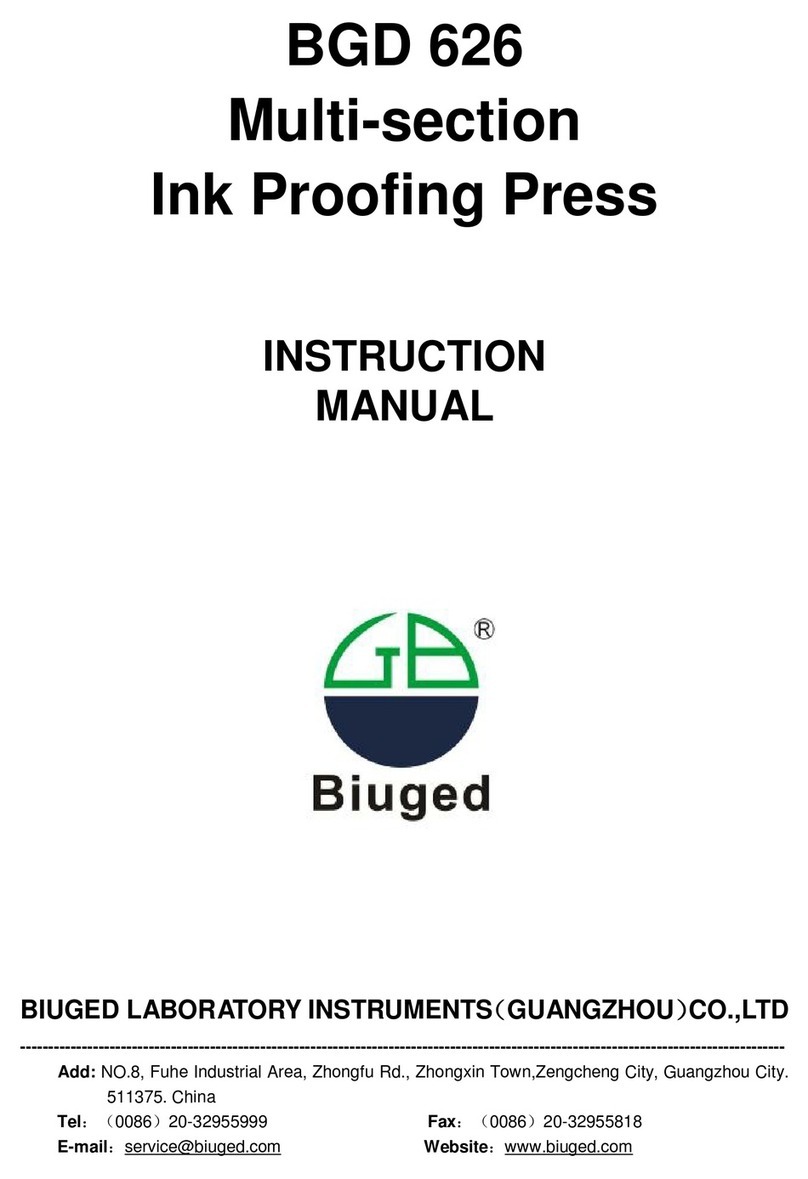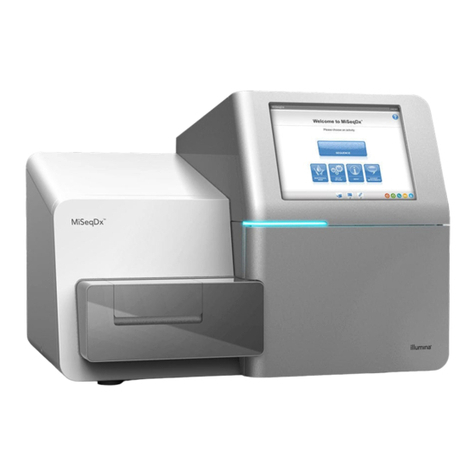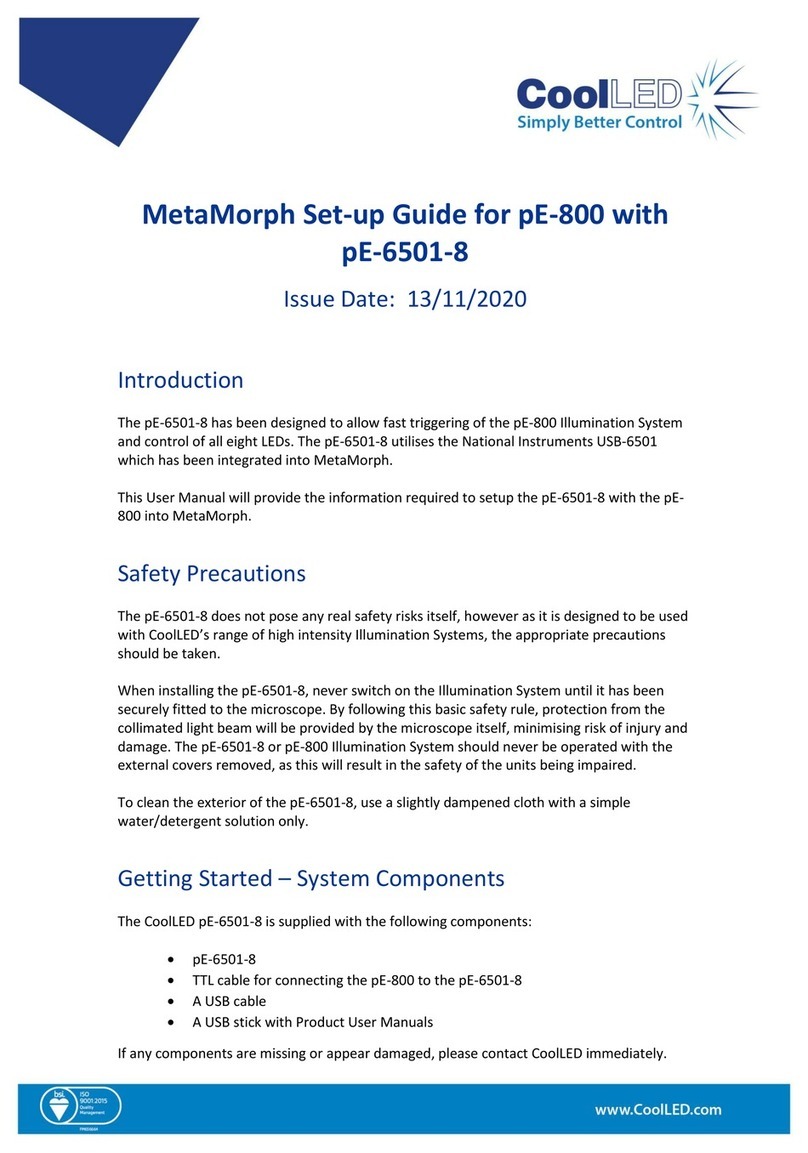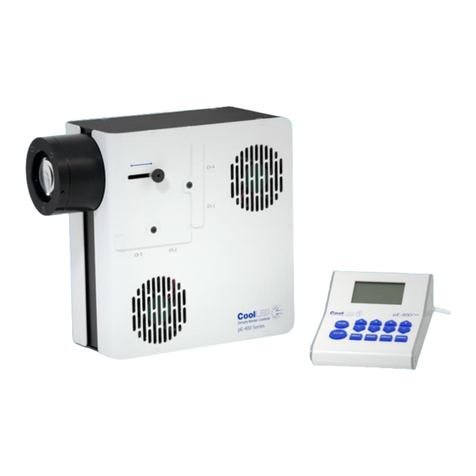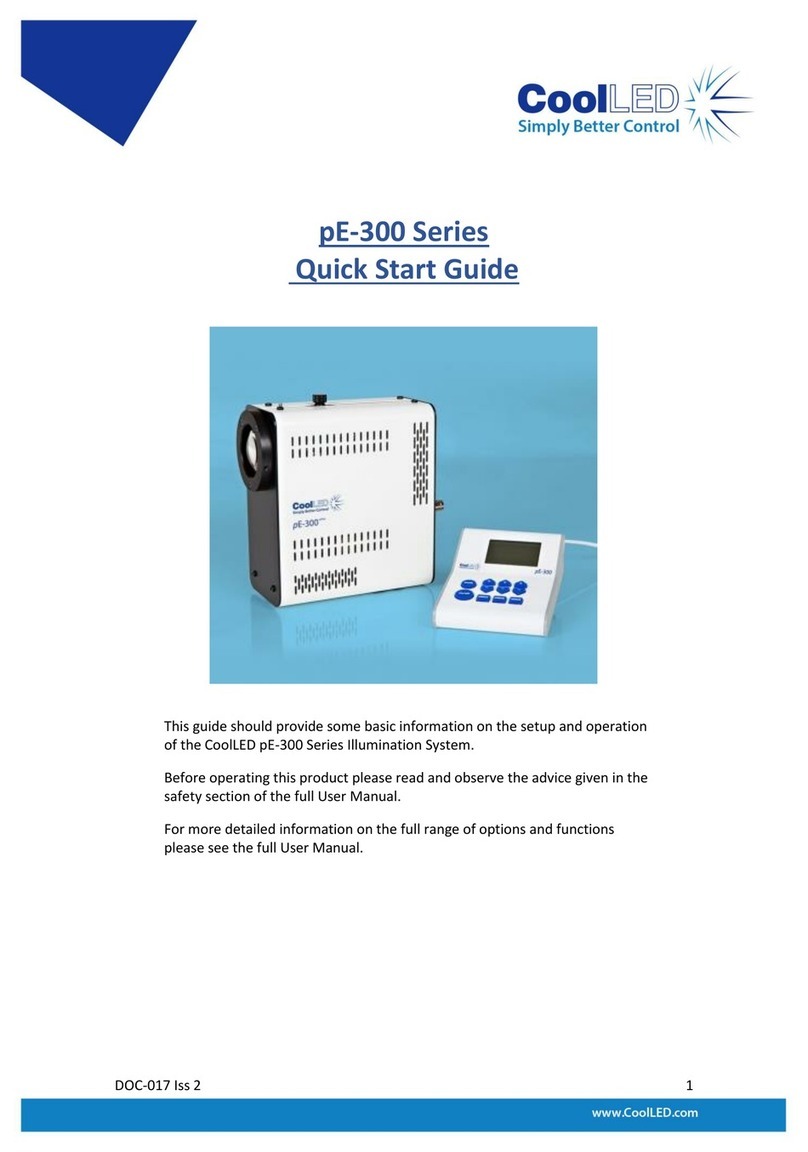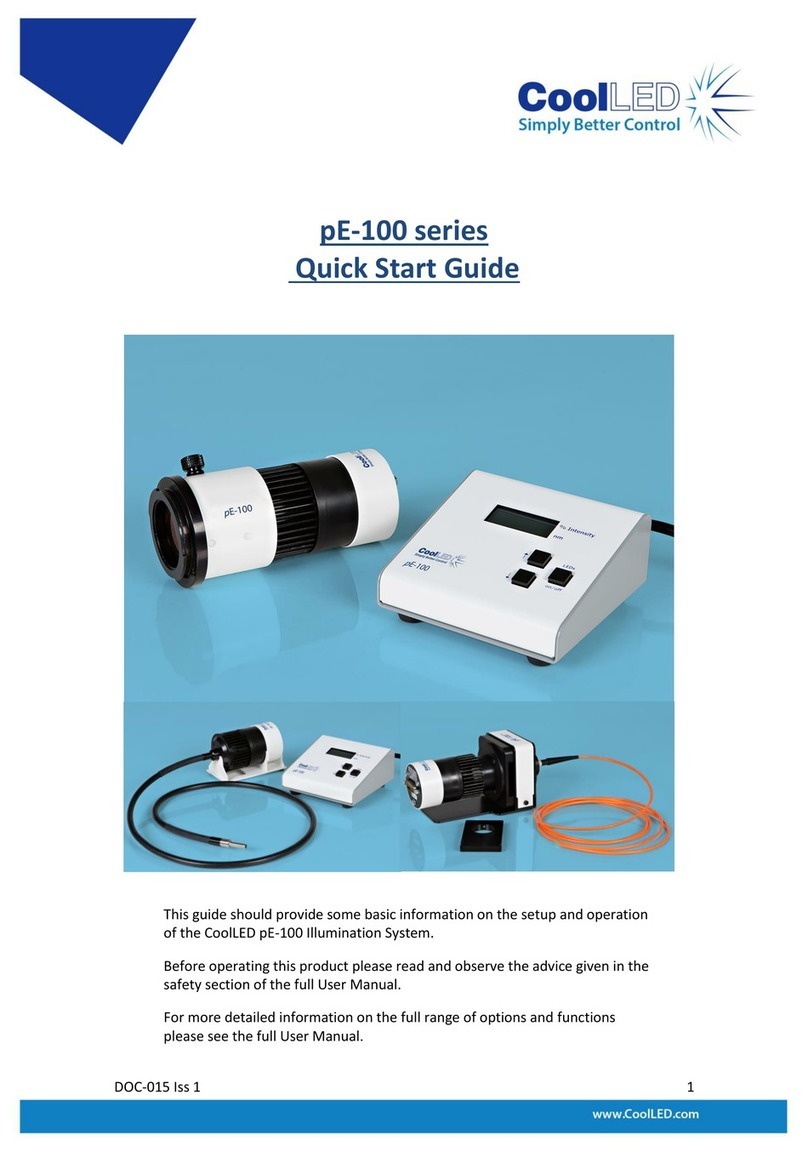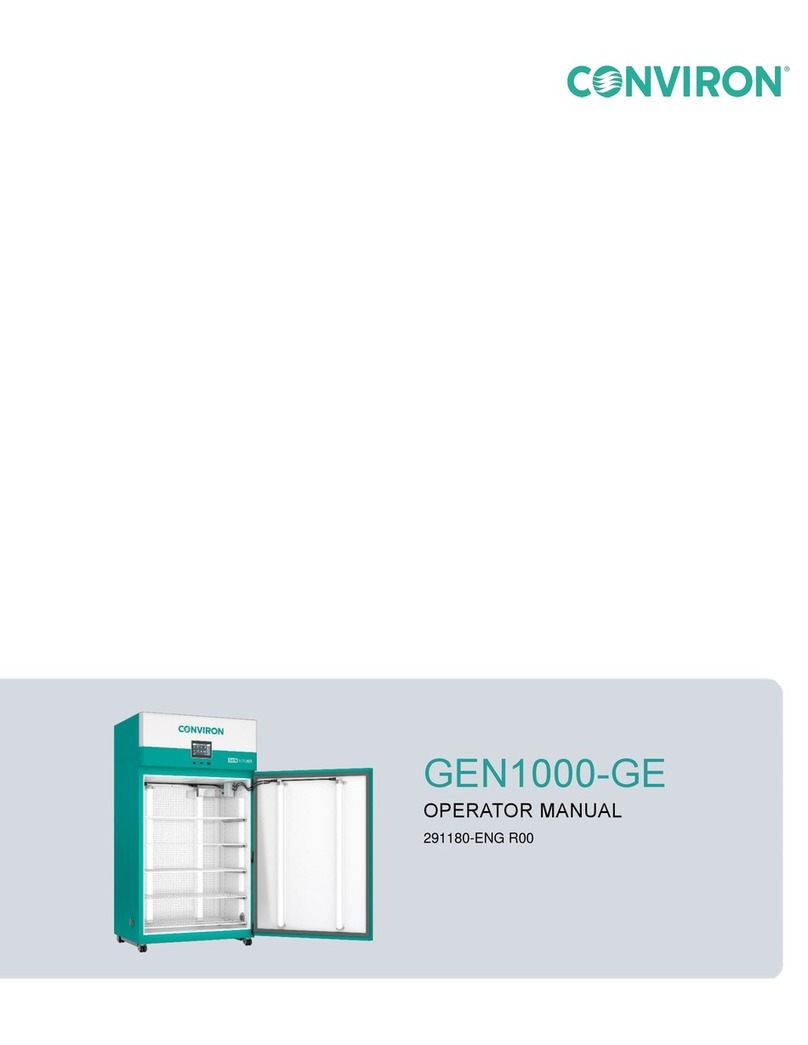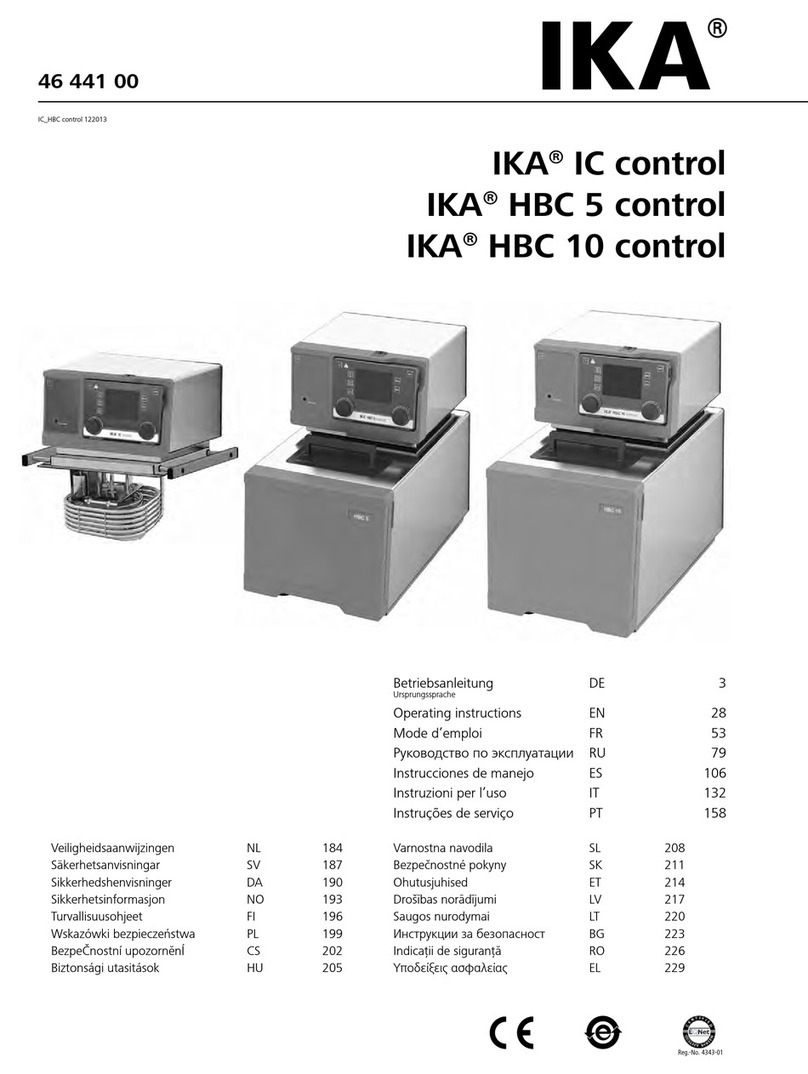DOC-058 Iss 3 2
Contents
1. Introduction ............................................................................................. 3
2. Safety Precautions ................................................................................... 3
3. Getting Started –System Components.................................................... 6
4. Installation and Setup .............................................................................. 7
5. pE-800 LEDs overview............................................................................ 10
6. Control Overview ................................................................................... 11
7. LightBridge –Standard/TTL mode ......................................................... 15
8. LightBridge –Analogue Mode................................................................ 18
9. LightBridge –Sequence Runner Mode .................................................. 19
10. LightBridge –Demo Mode ..................................................................... 23
11. LightBridge –Additional settings ........................................................... 28
12. Fitting Excitation Filters.......................................................................... 37
13. Software updates................................................................................... 41
14. Additional information........................................................................... 44
15. Product Specifications............................................................................ 45
16. Product Options and Order Codes......................................................... 45
17. Warranty and Repairs ............................................................................ 46
18. Compliance and Environmental............................................................. 46
19.Contact Details....................................................................................... 47
20. Appendix 1 ............................................................................................. 48
